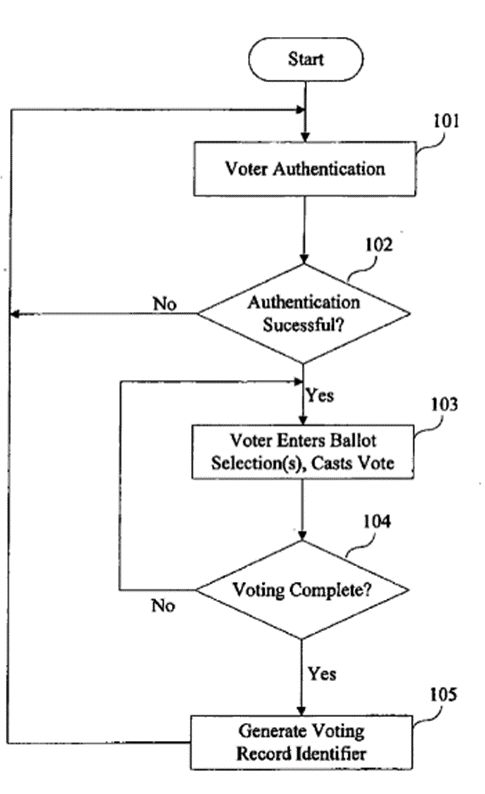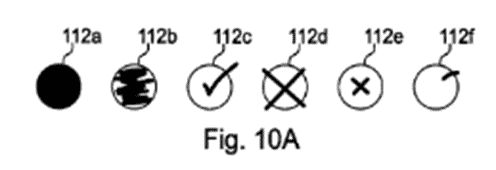Over the past 150 years, there have been extensive changes to the voting system in the UK. The Ballot Act of 1872 introduced the right for men to vote in secret. Then, in 1918 women were granted the right to vote for the first time. Over the following years, the journey towards inclusive voting continued resulting in equal voting rights for all citizens over the age of 21 in 1928.
The alternative vote referendum in 2011 and trials of e-voting in local elections also show continuing efforts to modernize the UK electoral system.
However, the current system of voting continues to present challenges, as demonstrated in 2021 when a box of postal votes was accidentally not included in the count during local elections in Barnsley.
Worldwide, there are many different approaches to voting. For example, The Gambia's use of a unique marble-in-metal-drum system, developed in an attempt to allow illiterate people to vote. In contrast, many other countries including Belgium, Estonia and the US have adopted forms of e-voting. The two main types of e-voting include e-voting in a controlled environment, supervised by official representatives (for example, electronic voting machines located in polling stations) and remote e-voting, where the voter submits their choice via the internet from any location.
Preventing election fraud is the motivation for many of the advancements in voting technology today.
Election ink is used to prevent voter fraud by staining the finger of a voter to stop them from double voting. In past elections, there have been controversies over the effectiveness of the staining with claims that the inks could be easily washed off. Chinese patent CN10426308 relates to a composition of and method for preparing a type of election ink. The patent describes a water-based ink which is capable of staining skin for more than 72 hours, which is an improvement when compared with alcohol-based inks which can be easily wiped off. However, issues with election ink remain and, in some circumstances, the ability to identify who has or hasn't voted has led to conflict.
US patent US20130144686 describes an electronic voting system which can be accessed over the internet and implemented on general purpose computers such as laptops and tablets to collect and tally votes. It also describes using biometric information, such as a fingerprint or an eye scan which uniquely identifies a person, to authenticate a user to improve security by preventing people from voting more than once.

However, there are doubts over the security of any form of internet voting due to lack of reliable voter identification and risk of devices becoming infected by malware. Internet voting also risks excluding those without internet access. For this reason, it is suggested that political parties whose main support is from wealthier voters would benefit from an e-voting system due to the so-called digital divide between higher and lower socioeconomic classes. However, there are also claims that electronic voting can help eliminate inequalities. For example, for those who live in remote areas or who would be unable to visit a polling station due to health conditions.
Notably, countries including the United Kingdom and the Netherlands have decided against e-voting systems due to alleged issues in reliability.
A popular alternative to manually counting votes is the optical scanner. US patent, US8066184 describes a ballot sheet and a reader to process the ballot sheet. It counts the number of dark and light pixels in each marking area and uses this information to determine whether the mark is a vote. Again, there are many issues with the use of optical scanners. Miscounts can occur, for example, if a ballot is fed in upside down or if multiple ballots are fed through simultaneously.

As you can see, voting technology is a complex area with many factors to consider when choosing the securest and most reliable option. Whatever the future of voting technology in the UK may be, make sure you go and vote on 4th July!
The content of this article is intended to provide a general guide to the subject matter. Specialist advice should be sought about your specific circumstances.


